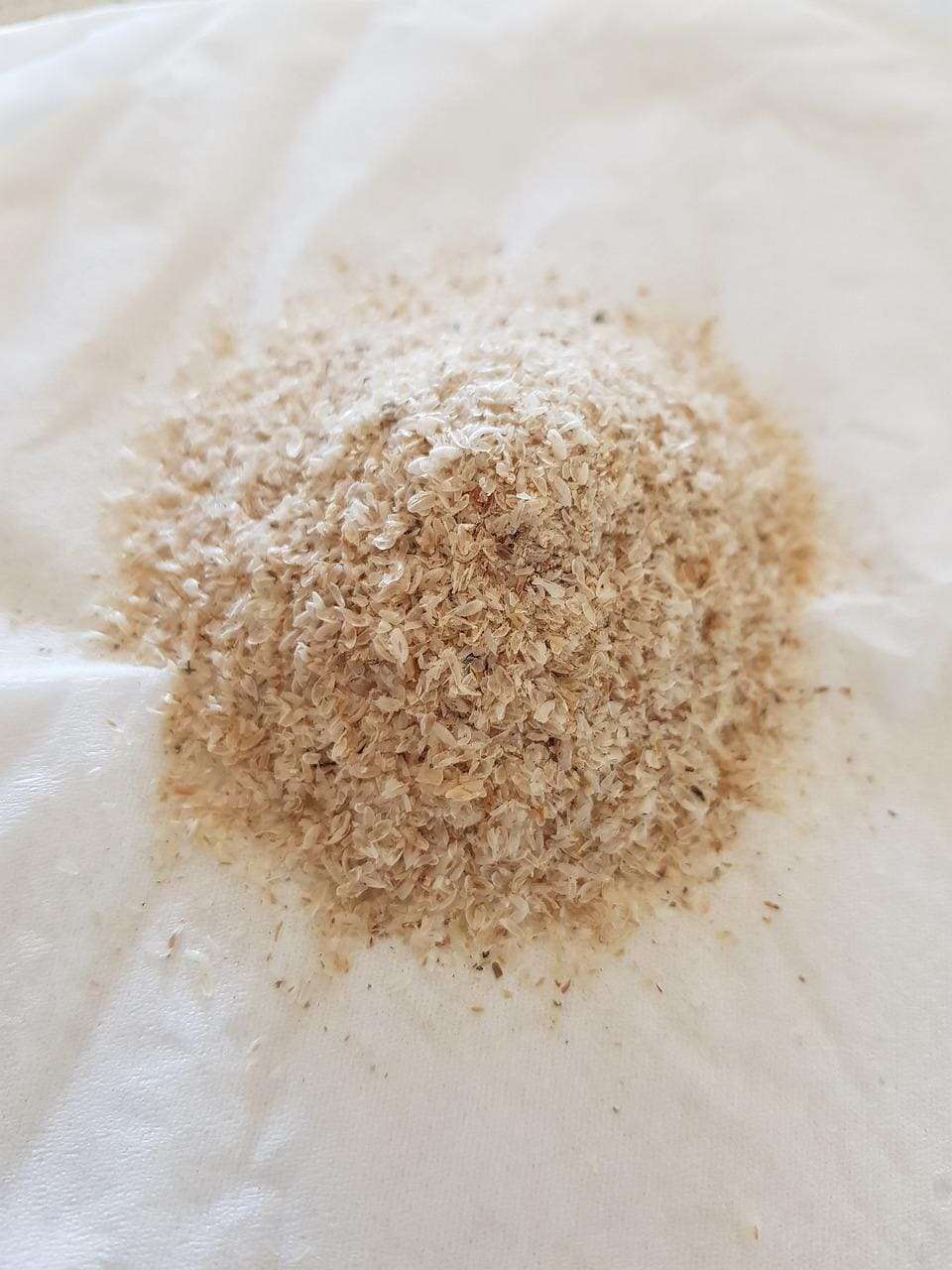Psyllium
It is an annual tiny herb known as Plantago ovata (psyllium or dessert Indian wheat). It is grown all over the world because of its therapeutic value. It thrives in chilly, dry climates with sporadic rainfall. It only survives for 130 days, making it a short-lived plant.It is a typical source of the dietary fibre known as psyllium. [5] The husks of psyllium seeds are edible and contain soluble fibre that can be fermented to produce butyric acid.

Lorem ipsum dolor sit amet, consectetur adipiscing elit. Ut elit tellus, luctus nec ullamcorper mattis, pulvinar dapibus leo.
specifications
GENERIC NAME | Psyllium( Isabgol) |
BOTANICAL NAME | plantago ovata |
FAMILY | plantain |
HARVESTING SEASON | February- April |
PART USED | Seed, leaf |
AREA OF CULTIVATION | Rajasthan, Gujarat and Madhya pradesh |
PACKAGING AND LABELLING | AS PER BUYER REQUIREMENT |
COA |
uses and benefits
Digestive health: A bulk-forming laxative is psyllium. This indicates that it absorbs water in your gut, facilitates bowel movements, and can aid in promoting regularity without causing an increase in gas. It can be used regularly to support regularity and general digestive health, or it can be used as a one-time remedy to relieve constipation.
Heart health: According to research consuming soluble fibre can assist people in controlling their cholesterol levels. Everyone needs to control their cholesterol properly, but adults over 50 need it more than anyone.
Watching your weight: Because psyllium absorbs liquid in your body, it can help give you a feeling of being full. This can help you control the amount of food you eat.
Diabetes: For a good balance of insulin and blood sugar, diabetics must be attentive of their food (glucose). According to certain studies, fibres like psyllium may be able to assist individuals in maintaining a favourable glycemic balance.
